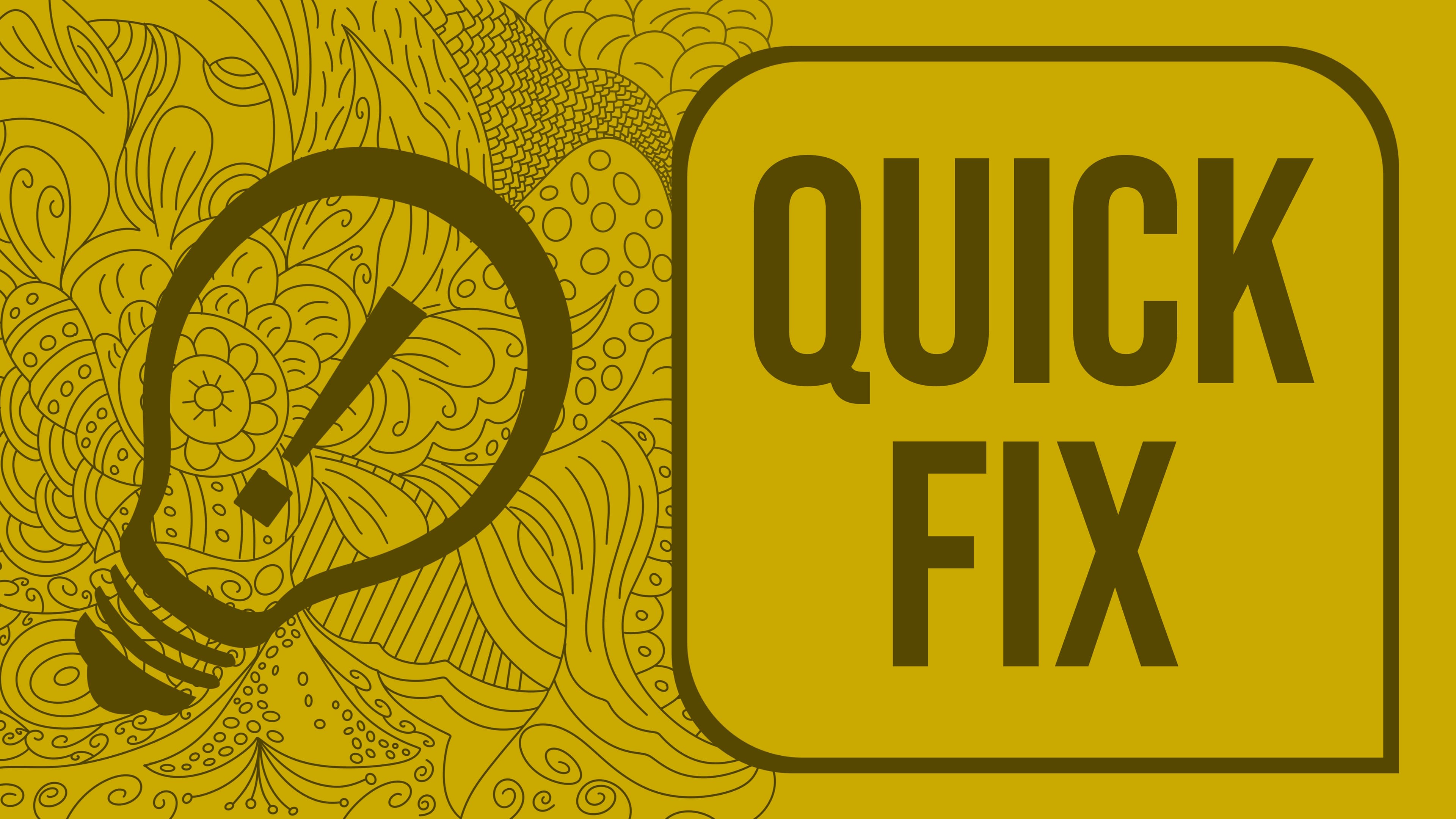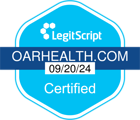Naltrexone Is Not a Quick Fix

In This Article
“Trying to kick drug addiction without medicines is said to be like relying on willpower to overcome diabetes or asthma (1).”
Your best friend has asthma. To help them breathe, they use an inhaler. You’d never tell them that an inhaler is a crutch for their condition and that they should just try and breathe normally, right? Unfortunately, people looking to stop or reduce their drinking may receive the message that medication is an easy way out and that they should "white knuckle it" rather than use a safe and effective treatment.
Due to brain changes and physical and emotional dependence, simply stopping drinking when you realize you have a problem is difficult. While it’s not impossible, it’s challenging and can lead to less sustained reduction or abstinence from drinking.
Treating AUD Isn’t Mind Over Matter
Mind over matter messaging fails to understand the nature of addiction — alcohol use disorder (AUD) is a brain disease. Many people would gladly wish their disease away the moment they realized it was affecting their lives if they could.
AUD is deeply stigmatized and often seen as a personal failure. Stigma compounds the belief that those with AUD need to fix the problem themselves. Realistically, AUD is a condition that’s influenced by multiple factors, including genetics, trauma, and other mental health conditions like depression. None of these factors are anyone’s fault, but they do make someone more likely to develop AUD.
Quitting with sheer willpower can be hard. Some studies show that utilization of naltrexone can lead to upwards of 70% success rates (2). Due to data limitations, research on how many people can effectively quit without treatment or cold turkey is inconclusive. There are also a lot of dangers to quitting cold turkey and without medical intervention, as withdrawal symptoms can be fatal.
Quick Fix or Life-Saving Intervention?
While it’s true that naltrexone can start working immediately, the misconception that it’s a quick fix fails to recognize the urgency of treating AUD. Not only can AUD be deadly, but it causes thousands of alcohol-related injuries each year. AUD increases the risk of many diseases and cancers. So, while the medicine can begin working quickly, it can also help prevent fatal outcomes. AUD can be an emergency; sometimes, an immediate intervention is the safest approach. Calling naltrexone for AUD a quick fix to treatment is akin to calling an ambulance ride a quick fix.
Treatment Is Not One-Size-Fits-All
If you’ve received feedback that the use of medication for AUD is a crutch or quick fix, the person dispensing that advice may have treated or known someone who treated their AUD with a different modality. Although it’s terrific that they have found a treatment that works, not every treatment works the same for everyone. It’s always helpful to receive advice on treating AUD from someone specializing in evidence-based addiction treatment.
Naltrexone can be a crucial and ongoing part of someone’s recovery. Many addiction specialists see it as part of a comprehensive treatment plan. It’s similar to those with depression taking an SSRI. No one sees this as a crutch for depression. Many people who take naltrexone for AUD have other treatment modalities in place in their lives, such as seeing a therapist or attending mutual support groups.
Why Do Some People Think Medication Is A Quick Fix?
The misunderstanding that naltrexone is a quick fix may come from its timing. Sometimes, people take naltrexone for a short period. However, people can stay on naltrexone for a longer period or even indefinitely.
Some of the hesitation about treating addiction with medicine comes from resistance to treating addiction with another addictive substance. It’s helpful to correct this misinformation: naltrexone is not addictive.
Research also shows promising outcomes beyond the immediate. In a 16-week trial, the COMBINE study found that naltrexone increased the number of participants with good clinical outcomes by about 15%. The study defined good clinical outcomes as no more than two days of heavy drinking per week, drinking at or below a safe limit, and no significant alcohol-related problems in the last eight weeks (3).
Medication Is Not an Easy Way Out
Addictions are debilitating and lead to decreased quality of life. They can damage close relationships and cause various physical and emotional side effects. It can take years of struggling with AUD before people seek help.
Medication can be the first treatment that works for someone after trying many others. Naltrexone isn’t a magic pill; those who take it still need to examine the role of alcohol in their life and what recovery looks like for them. Managing any chronic disorder is ongoing.
Where Do These Views Come From?
Some people think that by taking naltrexone, you’re not taking enough responsibility for AUD, allowing the medication to do the work for you. However, by finding the proper recovery tools for addiction, people do take responsibility.
Unfortunately, the recommendation to take responsibility for AUD without taking meds can even come from addiction counselors. A 2015 study of 117 addiction treatment professionals found a strong correlation between counselors who assign higher individual responsibility for addiction, including addiction onset, and negative views of naltrexone. The study suggests that addiction specialists may fail to tell their patients that medication for alcohol use exists (4).
Naltrexone is effective in targeting the brain’s response to alcohol by reducing the euphoric effects. While other treatments are effective at helping people understand why they drink, the medicine targets brain changes that make you want to drink.
Seeing medicine as a quick fix fails to understand AUD. Unfortunately, AUD is chronic, and there is no cure. While medication can be integral to someone’s treatment plan, there is no magic wand. Naltrexone can help people maintain their sobriety or moderation goals in the long run, just like exercise, support groups, and therapy can. It’s a tool to aid recovery, not a quick fix.
While using naltrexone can be beneficial alone, many people use it with other modalities. Treatment doesn’t have to be black and white. It can be both/and.
About The Author
Xenia Ellenbogen (she/they) is a journalist specializing in health, mental health, and wellness. Her writing has appeared in publications such as Everyday Health, Well+Good, Rewire News Group, Prism, and more.
Related Articles
- How It Works
- Alcohol & Health
- Alcohol Misuse & Alcohol Use Disorder
- Strategies to Drink Less or Quit
- Treatment Options
- Medication-Assisted Treatment
- Recovery Stories
- Member Stories
- Moderation Stories
- Sobriety Stories
- ¹ Oar Health membership plans include access to the Oar Health platform, virtual consultations with a healthcare professional, and medication if prescribed by a healthcare provider. 3 month membership plan costs $297, equating to $99/mo.
- ² Self-reported by members after 6 months of Oar Health membership.
- ³ Verywell Health survey of Oar Health members, published March, 2023.
- ⁴ Prescription medication is available only if prescribed by a licensed clinician.
- ⁵ Compounded medications are prepared based on a prescription from a healthcare provider. They are not reviewed by the FDA for safety or efficacy.






